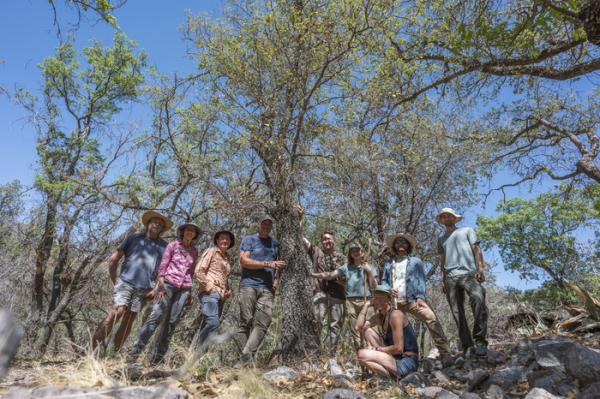Botanical researchers representing a coalition of more than 10 institutions have discovered an oak tree once thought to be extinct, and now in immediate need of conservation within Big Bend National Park in Texas.
Researchers led by The Morton Arboretum and United States Botanic Garden (USBG) were thrilled to find a lone Quercus tardifolia (Q. tardifolia) tree standing about 30 feet tall, though it is in poor condition. First described in the 1930s, the last living specimen was believed to have perished in 2011.
“This work is crucial to preserve the biodiversity that Earth is so quickly losing,” said Murphy Westwood, Ph.D., vice president of science and conservation at The Morton Arboretum. “If we ignore the decline of Q. tardifolia and other rare, endangered trees, we could see countless domino effects with the loss of other living entities in the ecosystems supported by those trees,” she said. According to Westwood, Q. tardifolia is considered one of, if not the rarest oak in the world.
Read more at: The Morton Arboretum
The research group stands with the lone specimen of Quercus tardifolia (Photo Credit: United States Botanic Garden)


